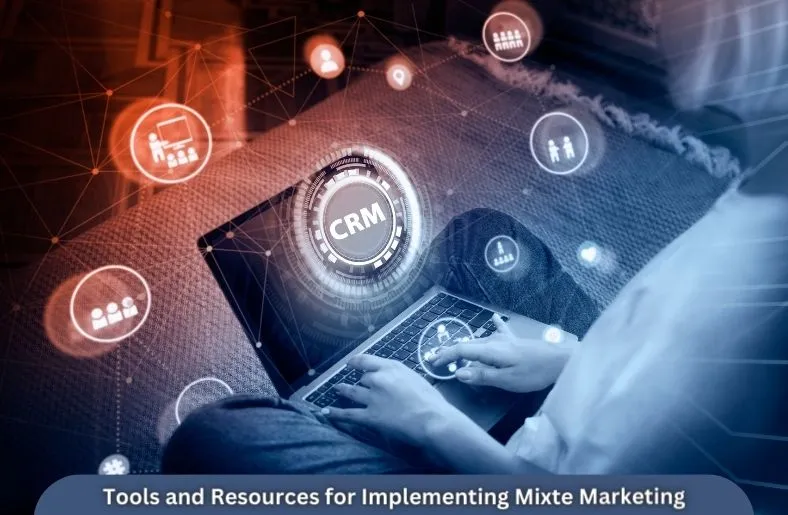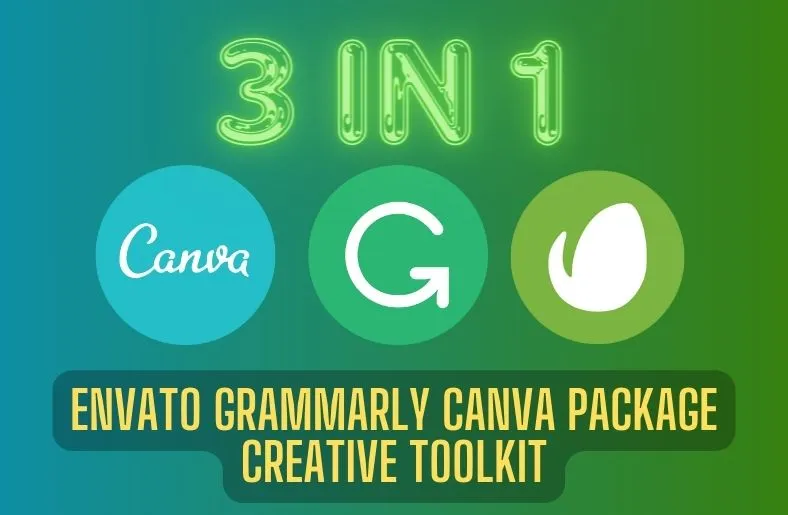Mixte marketing, also known as integrated marketing, merges traditional and digital strategies to create comprehensive campaigns. This approach is vital in today’s dynamic business world, where connecting with customers across multiple platforms is crucial. By combining traditional methods like TV ads with digital tactics such as social media, businesses can maximize their reach and engagement. This blend enables companies to adapt to evolving consumer behavior and preferences, ensuring relevance in an ever-changing market. In essence, it serves as a bridge between the old and the new, offering businesses a versatile and effective way to connect with their audience.
I. Understanding Mixte Marketing
Exploring the concept of mixte marketing unveils a strategic fusion of traditional and digital techniques. This approach seamlessly integrates various marketing channels, ensuring a cohesive brand experience. Key features and components of marketing encompass meticulous planning, channel selection, and message alignment. Transitioning seamlessly between traditional and digital platforms maximizes audience engagement and brand visibility.
II. The Benefits of Mixte Marketing
Here are some benefits that you can get if you select mixte marketing option for the marketing of your brand
- Maximizing reach and audience engagement entails harnessing the power of mixte marketing, which seamlessly blends traditional and digital channels to ensure broad visibility and active participation from diverse audience segments.
- Enhancing relevance and adaptability involves staying agile and responsive to evolving market trends and consumer preferences, thereby leveraging the unique strengths of mixte marketing to foster sustained brand resonance and market competitiveness.
- Leveraging valuable insights and data enables businesses to make informed decisions, refine mixed marketing strategies, and personalize customer experiences effectively, thereby enhancing brand loyalty and driving long-term customer relationships.
- Transitioning seamlessly between different marketing methods not only optimizes effectiveness but also amplifies brand impact by creating a cohesive and memorable brand experience across various mixed marketing touchpoints.
- By combining the strengths of traditional and digital approaches in mixte marketing, businesses can effectively connect with diverse audiences, resonate with their unique needs and preferences, and drive meaningful engagement and conversions.
- Adapting to changing consumer behaviors and preferences is essential for maintaining relevance and competitiveness in today’s dynamic market landscape. It enables businesses to stay ahead of the curve and capitalize on emerging mixed marketing opportunities.
- Analyzing data insights empowers businesses to gain deeper understanding into customer behaviors, preferences, and pain points, thereby enabling them to tailor mixte marketing efforts, optimize campaigns, and deliver personalized experiences that drive meaningful engagement and foster brand advocacy.
III. Mixte Marketing Campaigns
Exploring successful mixte marketing campaigns offers valuable insights into effective strategies and impactful brand experiences. Case Study: Coca-Cola’s “Share a Coke” Campaign personalized Coke bottles with popular names, blending traditional advertising with social media engagement. Case Study: Nike’s “Just Do It” Campaign inspired millions through athlete-focused TV ads and social media promotions. Lessons learned from these campaigns underscore the power of integrating traditional and digital channels to create memorable brand experiences.
IV. How Mixte Marketing Differs from Traditional Approaches
A. Traditional marketing relies on singular channels, while it combines various methods for broader reach. Unlike conventional approaches, it integrates digital strategies alongside traditional methods, adapting to changing consumer behaviors. This evolution reflects the dynamic nature of marketing strategies in response to technological advancements and shifting consumer preferences.
V. Key Components of Marketing Strategy
A successful mixte marketing strategy hinges on defining clear objectives and goals to guide decision-making processes. Understanding the target audience through comprehensive market research helps tailor messaging effectively. Developing a clear brand identity ensures consistency across all channels, fostering brand recognition. Selecting appropriate channels and techniques based on audience preferences maximizes engagement. Lastly, measuring and analyzing performance using key metrics informs optimization strategies for ongoing success.
VI. Best Practices for Executing Marketing Campaign
Executing a mixte marketing campaign effectively requires consistency across all channels to maintain brand integrity. Personalizing marketing messages enhances engagement and connection with the audience. Integrating online and offline channels ensures a seamless brand experience. Continuous measurement and optimization based on performance metrics drive campaign refinement for better results. Adaptability and agility enable businesses to respond swiftly to changing market dynamics and consumer preferences.
VII. Tools and Resources
Implementing mixte marketing requires leveraging various tools and resources for seamless execution. Marketing automation platforms streamline repetitive tasks and enhance efficiency. Social media management tools facilitate better management and scheduling of social media content. CRM systems help businesses manage customer relationships and personalize marketing efforts effectively. Analytics tools and CMS platforms enable data-driven decision-making and content management across channels. Industry publications and blogs offer valuable insights and trends for staying updated in the field.
VIII. Trends and Future Outlook in Mixte Marketing
Exploring the trends and future outlook in mixte marketing provides valuable insights for businesses. Emerging technologies like VR and AI revolutionize marketing approaches. Changing consumer behavior necessitates adaptation and innovation in marketing strategies. Staying updated with industry trends is crucial for maintaining competitiveness and relevance. Continuous learning, networking, and experimentation are key strategies for staying ahead in it.
Conclusion
In conclusion, it combines traditional and digital strategies to create cohesive campaigns. Embracing these principles enhances brand reach, engagement, and relevance. Understanding and implementing mixte marketing is crucial for modern business success. Therefore, businesses should integrate these strategies to stay competitive. Start incorporating mixte marketing techniques now to drive growth and achieve remarkable results.






